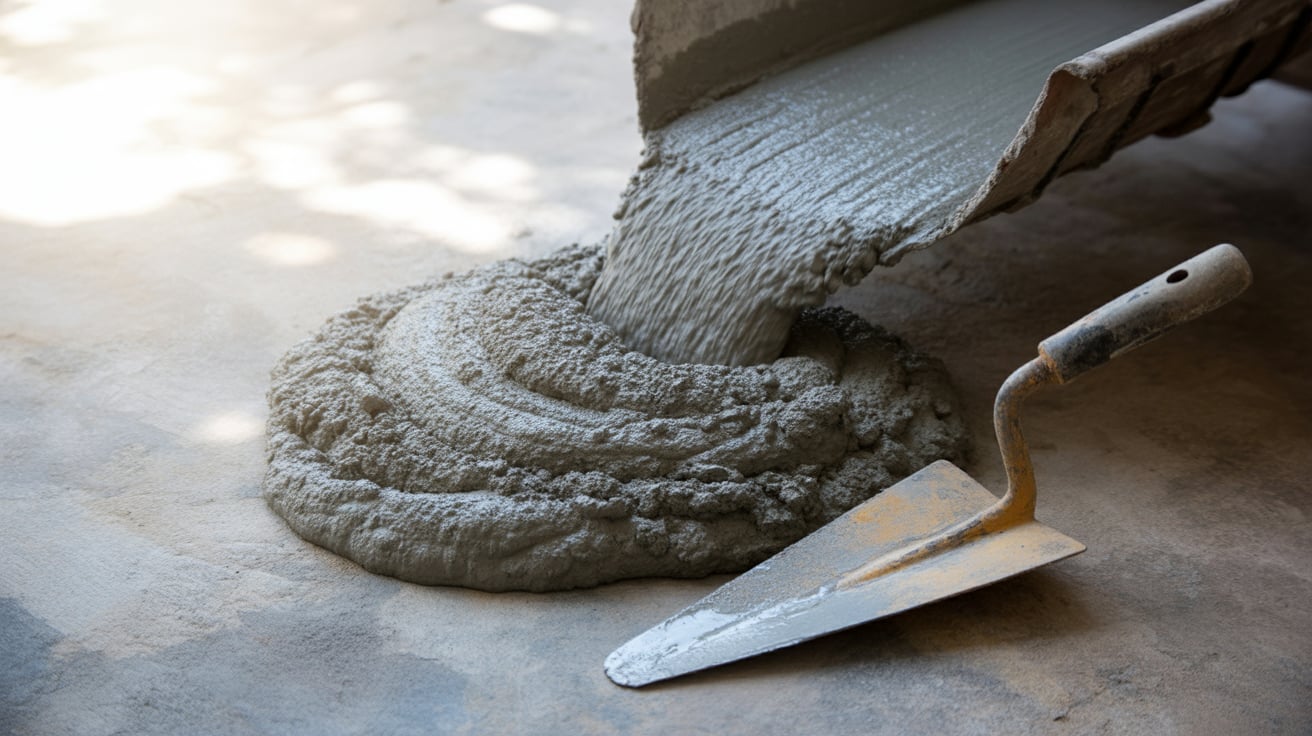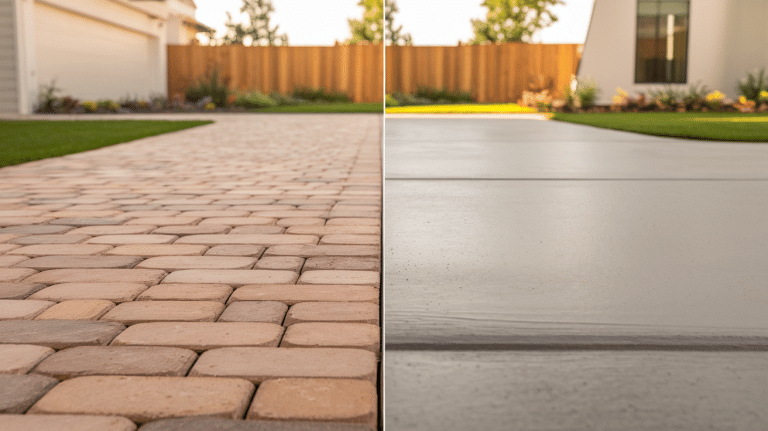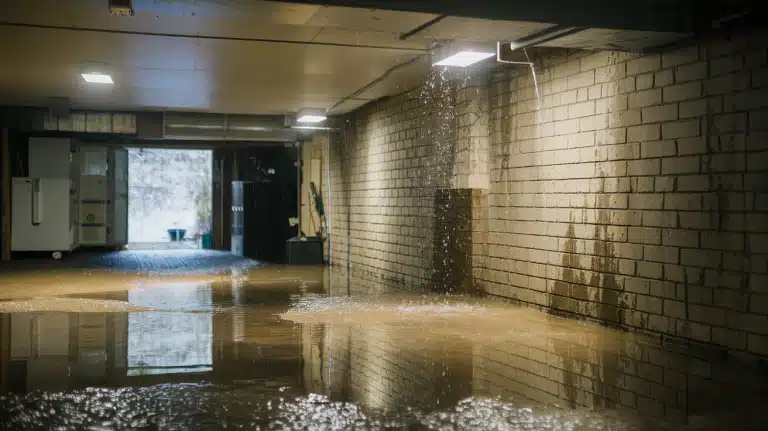Hydraulic Cement: What You Need to Know
Are you tired of repairs that fail in wet conditions or take forever to set? Most traditional cements become useless when water is present, leaving you with temporary fixes that don’t last.
This frustration affects homeowners, contractors, and maintenance crews who need reliable solutions for urgent repairs.
Hydraulic cement solves this problem by actually getting stronger in wet environments. Unlike regular cement, it sets underwater and hardens in just minutes.
This makes it perfect for emergency repairs, basement waterproofing, and underwater construction projects.
This guide covers everything you need to know about hydraulic cement, from the main types to practical uses, as well as how it works and when to choose it.
You’ll learn which type fits your specific project and why professionals trust this material for challenging repairs.
What is Hydraulic Cement?
Hydraulic cement is a special type of cement that sets and hardens when mixed with water. Unlike regular cement, it forms a strong bond even in wet conditions.
The main difference between hydraulic and non-hydraulic cement lies in their curing process. Non-hydraulic cement needs air to dry and harden, while hydraulic cement reacts chemically with water to create its strength.
Why Is It Called ‘Hydraulic’?
The term “hydraulic” comes from its unique ability to operate underwater or in moist environments. When water mixes with hydraulic cement, it initiates a chemical reaction known as hydration.
During this process, the cement particles bind with water molecules to form hard crystals. This reaction occurs even when the material is completely submerged, making it ideal for underwater repairs and construction projects.
Types of Hydraulic Cement
- Portland Cement – Portland cement is the most widely used type for general construction and repair work. It forms the backbone of concrete foundations, building structures, and large-scale construction projects worldwide.
- Quick-Setting Hydraulic Cement – Quick-setting hydraulic cement hardens in just 3-5 minutes, making it perfect for emergency repairs. This rapid-setting formula is ideal for sealing leaks, cracks, and other urgent water-related damage.
- Expansive Hydraulic Cement – Expansive hydraulic cement grows slightly as it hardens, filling large gaps and preventing future cracks. This expansion property makes it ideal for structural repairs where normal cement might shrink and create weak spots.
- Non-shrinking Hydraulic Cement – Non-shrinking hydraulic cement maintains its size during curing, ensuring tight seals and strong bonds. It’s commonly used for waterproofing applications and filling cracks where shrinkage could cause problems.
8 Uses of Hydraulic Cement
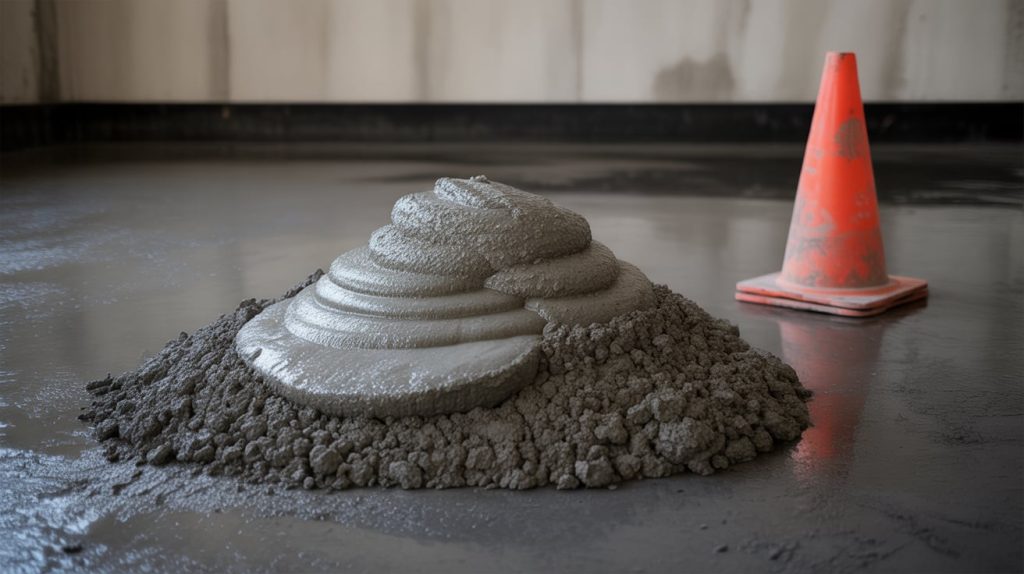
Hydraulic cement is versatile, used in a range of applications from underwater construction to repairing cracks and leaks in concrete structures.
1. Underwater Construction
Hydraulic cement works perfectly for underwater construction projects. It sets and hardens even when fully submerged in water. Engineers use it to build piers, dams, and seawalls that need strong foundations below water level.
The cement creates lasting bonds in wet conditions where regular cement would fail. This makes it essential for marine construction and underwater repair work.
2. Repairing Concrete Cracks
Fixing cracks in concrete becomes simple with hydraulic cement. It fills gaps and creates a permanent seal against water damage. The cement bonds strongly with existing concrete surfaces, preventing future cracking.
Workers can patch joints, hairline cracks, and larger splits in walls, floors, and structures. This repair method prevents water from entering and causing further damage.
3. Foundation and Basement Waterproofing
Maintaining a dry basement requires reliable waterproofing solutions, such as hydraulic cement. It stops water from seeping through foundation walls and basement floors.
The cement forms a barrier that blocks moisture and prevents flooding problems. Homeowners use it to seal basement cracks and foundation joints effectively. This protection keeps homes safe from water damage and mold growth.
4. Repairing Leaking Pipes and Tanks
Hydraulic cement fixes leaks in pipes and storage tanks quickly. It seals cracks and holes in metal, concrete, and plastic surfaces. The cement hardens around the damaged area, creating a watertight seal.
Maintenance teams use it for emergency repairs on water tanks, storage units, and plumbing systems. This saves time and money compared to replacing entire sections.
5. Emergency Road and Bridge Repairs
Road crews rely on hydraulic cement for urgent repair jobs. Its quick-setting nature means roads can reopen faster after repairs. The cement fills potholes, cracks, and damaged sections in just minutes.
Bridge maintenance teams use it to fix structural problems without long closures. This reduces traffic delays and keeps transportation moving smoothly.
6. Sewer and Drainage System Construction
Underground sewer systems require materials that resist water and have a long lifespan. Hydraulic cement prevents leaks in pipes and manholes below ground. It withstands constant exposure to moisture and chemicals from wastewater.
Construction crews use it to build durable drainage systems that won’t fail over time. This protects groundwater and prevents costly system failures.
7. Swimming Pool Repair
Pool owners choose hydraulic cement to permanently fix cracks and leaks. It works well underwater, so pools don’t need to be drained completely. The cement seals gaps in pool walls, floors, and around fixtures effectively.
Pool repair specialists trust it for both small cracks and larger structural issues. This keeps pools watertight and safe for swimmers.
8. Filling Voids in Concrete
Significant gaps and hollow spaces in concrete structures need special filling materials. Expansive hydraulic cement grows as it hardens, filling every space.
It prevents further cracking and structural weakness in buildings and foundations. Construction teams use it to repair damage caused by settling, earthquakes, or wear and tear over time. This strengthens structures and extends their useful life.
Hydraulic Cement Advantages and Disadvantages
| Advantages | Disadvantages |
|---|---|
| Water Resistance | Requires Proper Application |
| Quick Setting Time | Limited Working Time |
| High Durability | Not Ideal for All Repairs |
| Versatility | Health and Safety Concerns |
Tips for Using Hydraulic Cement
- Proper Mixing Techniques – Mix hydraulic cement with clean water using a 3:1 or 4:1 ratio, stirring quickly to avoid lumps and achieve smooth consistency.
- Apply Quickly – Work fast and apply the mixed cement immediately since it starts hardening within 3-5 minutes of mixing with water.
- Ensure Clean Surfaces Before Application – Clean all dirt, loose debris, oil, and old paint from the surface to ensure strong bonding between the cement and existing material.
- Allow Adequate Curing Time – Let the hydraulic cement cure for at least 24 hours before applying heavy loads or exposing it to extreme conditions.
How Does Hydraulic Cement Work?
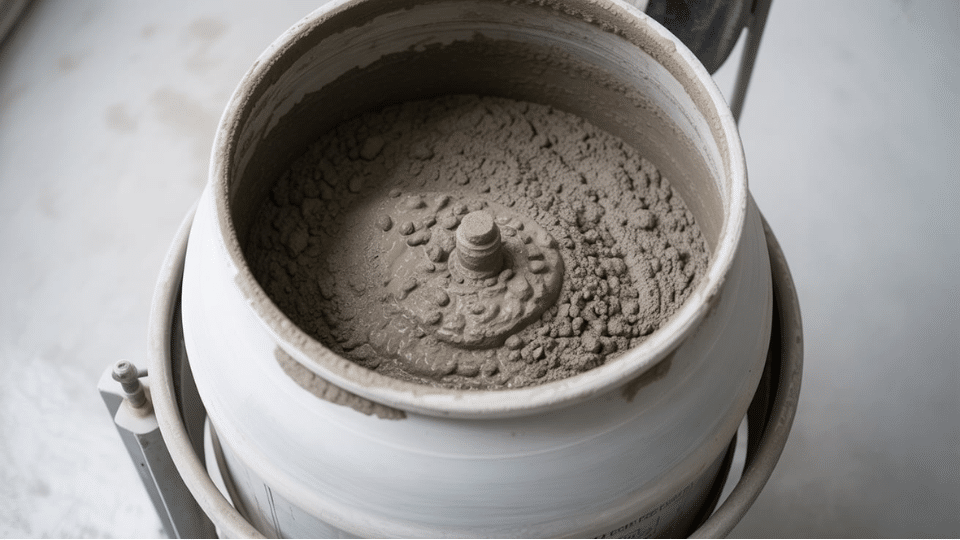
Hydraulic cement works through a chemical process called hydration when mixed with water. The cement contains calcium silicates that react with water molecules to create crystal structures.
This reaction starts immediately and continues even underwater, making the cement harder over time. The mixture becomes moldable for a few minutes, then hardens as crystals lock together throughout the material.
In wet conditions, more water helps strengthen the bond, creating a durable seal that lasts for decades.
Is Hydraulic Cement Right for Your Project?
Choose hydraulic cement based on your specific needs and project requirements.
Use Portland cement for general construction, quick-setting for emergency repairs, expansive for filling large gaps, and non-shrinking for waterproofing projects.
However, avoid hydraulic cement on surfaces with constant movement or vibration, flexible joints that expand and contract, large structural work requiring reinforced concrete, or projects needing extended working time for detailed finishing.
Conclusion
Hydraulic cement stands out as a reliable solution for construction and repair projects in wet conditions.
From underwater construction to emergency road repairs, this versatile material solves problems that regular cement cannot handle.
The four main types: Portland, quick-setting, expansive, and non-shrinking, each serve specific purposes in construction work.
Remember that hydraulic cement works through chemical reactions with water, making it stronger in moist environments. Its eight key uses cover everything from fixing basement leaks to building sewer systems.
While it requires proper application and has limited working time, the benefits far outweigh these challenges.
Ready to tackle your next repair project? Consider using hydraulic cement for any job involving water, emergency repairs, or structural work.
Share your experiences with hydraulic cement in the comments below – we’d love to hear about your projects!
Frequently Asked Questions
When Should I Use Hydraulic Cement?
Use hydraulic cement for underwater repairs, emergency fixes, waterproofing projects, and any situation where regular cement would fail due to moisture.
Is Hydraulic Cement as Strong as Concrete?
Hydraulic cement is stronger than regular concrete in wet conditions; however, concrete with rebar is more suitable for large structural applications.
Is Hydraulic Cement a Permanent Fix?
Yes, hydraulic cement provides a permanent solution that can last decades when applied correctly to the right type of damage.

